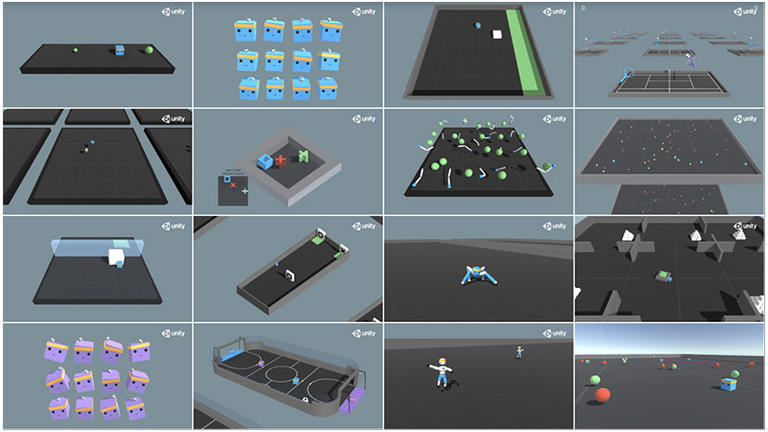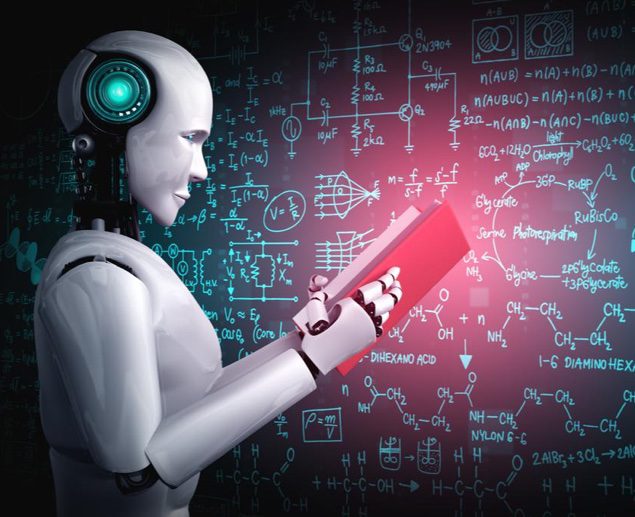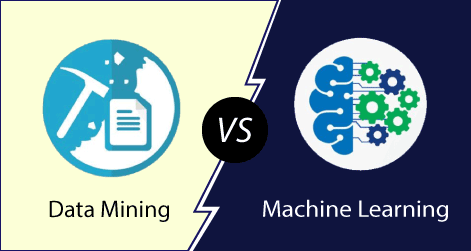
Artificial intelligence (AI), which is rapidly becoming more common in our world, is a growing threat to our safety. It depends on how you look at it, but the answer is both yes- and no. AI-powered machines are highly efficient and effective, but they are also potentially dangerous when their goals are unclear. They will likely seek the fastest route to get a car. Since they don't feel any emotions, they won't think about road safety and the value of human lives.
Artificial Super Intelligence, (ASI), system
The development of an Artificial superintelligence system (ASI), is risky. This type of AI system is based upon the assumption that a machine will be smarter than a person. These tasks are possible because the human brain is capable of them. The machine should also be able to do them. Researchers all around the world are working together to create such a system.
Many scientists and philosophers worry that a superintelligent system will be able to use its intellect for evil. The risk is that the superintelligence will have no morals, and will do whatever it takes to complete a task. This is unlikely to occur, but the superintelligent systems will likely act from nihilistic motives.

Human-level cognitive function
Humans are adaptive and have a remarkable ability to perform higher-level cognitive functions. They are able to learn from less examples, give clear explanations of their findings, and then apply that knowledge in a variety situations. It isn't easy to answer the question of how to measure that ability. Fortunately, there are some ways to measure cognitive function.
Potential for abuse
AI is an exciting field that is rapidly growing and has many uses. But, there are risks. AI is susceptible to abuse and bias. For example, the recent Cambridge Analytica scandal highlighted the unethical use of AI. The firm used algorithms to mine Facebook users' personal data to influence elections. There are serious concerns about AI being used for propaganda or political purposes, given the large user data sets on social media platforms.
It is possible to cause disruptions or catastrophic effects by misusing AI systems. The most obvious danger is the weaponization of AI. A new type of warfare and destruction could be possible through automated weaponry. Cybercriminals can use AI to attack critical infrastructure.
Legal responsibility
Many concerns surround AI and legal liability. Civil society research and academic work on AI have identified a range of risks. Some issues are general while others are domain-specific. This article gives a basic overview of the legal problems that arise when AI systems become used. The article then details three key steps society should take for protecting vulnerable members.

AI technologies are useful, but they can also cause harm to people and their property. In their article, Gluyas and Day describe several cases in which AI systems caused damage to persons or property. They also discuss how to address liability issues for such systems.
Benefits
Artificial intelligence has many advantages, not the least of which is its ability automate tasks. This automation can cut down on the time and cost associated with repetitive tasks. It can also improve efficiency. AI can handle tasks faster than humans, allowing workers to focus on higher-value tasks. This allows organizations to reduce their costs while increasing the talent and potential of their human capital.
AI can also enhance healthcare. Specifically, it can improve diagnosis and information sharing. It can also improve diabetes management by using patient information. It can also help patients receive personalized therapy. It can also be used by medical institutions and patients to monitor their progress. This area of AI development will eventually benefit humanity.
FAQ
What does AI look like today?
Artificial intelligence (AI), is a broad term that covers machine learning, natural language processing and expert systems. It's also known by the term smart machines.
Alan Turing was the one who wrote the first computer programs. He was fascinated by computers being able to think. He proposed an artificial intelligence test in his paper, "Computing Machinery and Intelligence." This test examines whether a computer can converse with a person using a computer program.
John McCarthy introduced artificial intelligence in 1956 and created the term "artificial Intelligence" through his article "Artificial Intelligence".
There are many AI-based technologies available today. Some are easy and simple to use while others can be more difficult to implement. They can range from voice recognition software to self driving cars.
There are two types of AI, rule-based or statistical. Rule-based uses logic to make decisions. For example, a bank account balance would be calculated using rules like If there is $10 or more, withdraw $5; otherwise, deposit $1. Statistical uses statistics to make decisions. A weather forecast might use historical data to predict the future.
How does AI work?
It is important to have a basic understanding of computing principles before you can understand how AI works.
Computers keep information in memory. Computers use code to process information. The code tells the computer what it should do next.
An algorithm refers to a set of instructions that tells a computer how it should perform a certain task. These algorithms are usually written in code.
An algorithm can be thought of as a recipe. A recipe could contain ingredients and steps. Each step represents a different instruction. An example: One instruction could say "add water" and another "heat it until boiling."
Is AI good or bad?
AI is seen both positively and negatively. The positive side is that AI makes it possible to complete tasks faster than ever. It is no longer necessary to spend hours creating programs that do tasks like word processing or spreadsheets. Instead, our computers can do these tasks for us.
On the other side, many fear that AI could eventually replace humans. Many believe robots will one day surpass their creators in intelligence. This could lead to robots taking over jobs.
What can you do with AI?
AI has two main uses:
* Prediction-AI systems can forecast future events. AI systems can also be used by self-driving vehicles to detect traffic lights and make sure they stop at red ones.
* Decision making – AI systems can make decisions on our behalf. As an example, your smartphone can recognize faces to suggest friends or make calls.
Is Alexa an Ai?
Yes. But not quite yet.
Amazon developed Alexa, which is a cloud-based voice and messaging service. It allows users use their voice to interact directly with devices.
The Echo smart speaker first introduced Alexa's technology. However, similar technologies have been used by other companies to create their own version of Alexa.
These include Google Home, Apple Siri and Microsoft Cortana.
Statistics
- The company's AI team trained an image recognition model to 85 percent accuracy using billions of public Instagram photos tagged with hashtags. (builtin.com)
- A 2021 Pew Research survey revealed that 37 percent of respondents who are more concerned than excited about AI had concerns including job loss, privacy, and AI's potential to “surpass human skills.” (builtin.com)
- In the first half of 2017, the company discovered and banned 300,000 terrorist-linked accounts, 95 percent of which were found by non-human, artificially intelligent machines. (builtin.com)
- That's as many of us that have been in that AI space would say, it's about 70 or 80 percent of the work. (finra.org)
- While all of it is still what seems like a far way off, the future of this technology presents a Catch-22, able to solve the world's problems and likely to power all the A.I. systems on earth, but also incredibly dangerous in the wrong hands. (forbes.com)
External Links
How To
How to Set Up Siri To Talk When Charging
Siri can do many things. But she cannot talk back to you. Because your iPhone doesn't have a microphone, this is why. Bluetooth or another method is required to make Siri respond to you.
Here's how Siri can speak while charging.
-
Select "Speak When locked" under "When using Assistive Touch."
-
To activate Siri, double press the home key twice.
-
Siri can be asked to speak.
-
Say, "Hey Siri."
-
Say "OK."
-
Speak up and tell me something.
-
Speak out, "I'm bored," Play some music, "Call my friend," Remind me about ""Take a photograph," Set a timer," Check out," and so forth.
-
Say "Done."
-
Thank her by saying "Thank you"
-
If you have an iPhone X/XS (or iPhone X/XS), remove the battery cover.
-
Insert the battery.
-
Place the iPhone back together.
-
Connect the iPhone and iTunes
-
Sync the iPhone
-
Set the "Use toggle" switch to On